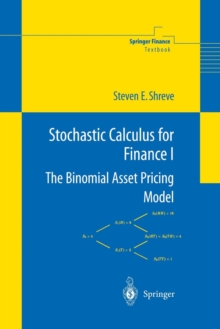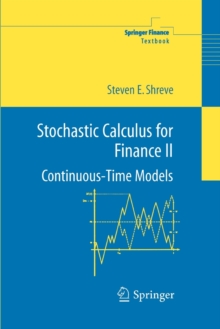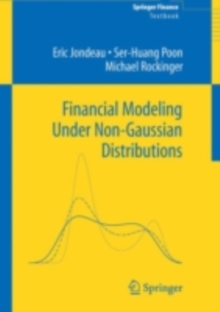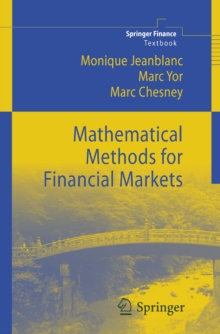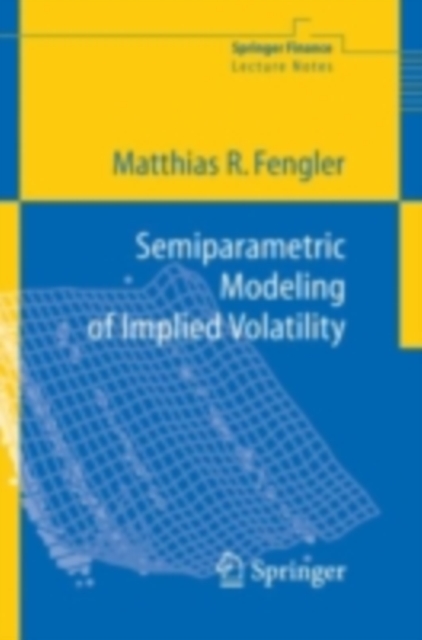
Semiparametric Modeling of Implied Volatility PDF
by Matthias R. Fengler
Part of the Springer Finance series
- Information
Description
Yet that weakness is also its greatest strength. People like the model because they can easily understand its assumptions.
The model is often good as a ?rst approximation, and if you can see the holes in the assumptions you can use the model in more sophisticated ways.
Black (1992) Expected volatility as a measure of risk involved in economic decision making isakeyingredientinmodern?nancialtheory:therational,risk-averseinvestor will seek to balance the tradeo? between the risk he bears and the return he expects.
The more volatile the asset is, i.e. the more it is prone to exc- sive price ?uctuations, the higher will be the expected premium he demands.
Markowitz (1959), followed by Sharpe (1964) and Lintner (1965), were among the ?rst to quantify the idea of the simple equation 'more risk means higher return' in terms of equilibrium models.
Since then, the analysis of volatility and price ?uctuations has sparked a vast literature in theoretical and quan- tative ?nance that re?nes and extends these early models.
As the most recent climax of this story, one may see the Nobel prize in Economics granted to Robert Engle in 2003 for his path-breaking work on modeling time-dependent volatility.
Information
-
Download Now
- Format:PDF
- Publisher:Springer Berlin Heidelberg
- Publication Date:19/12/2005
- Category:
- ISBN:9783540305910
Information
-
Download Now
- Format:PDF
- Publisher:Springer Berlin Heidelberg
- Publication Date:19/12/2005
- Category:
- ISBN:9783540305910
